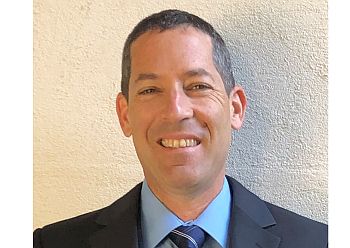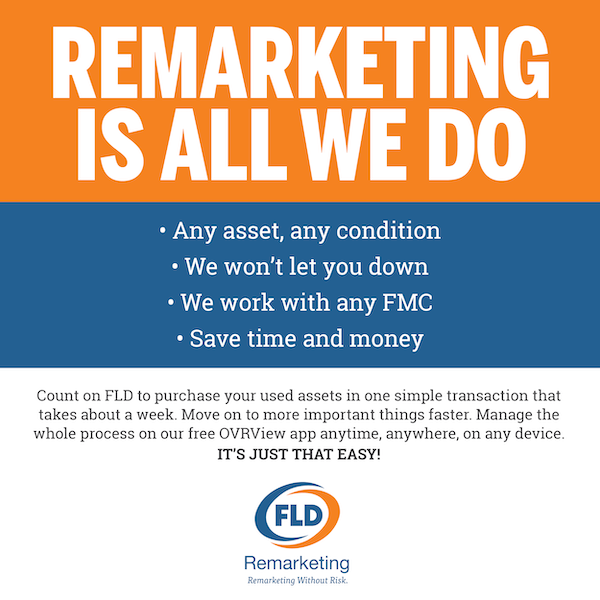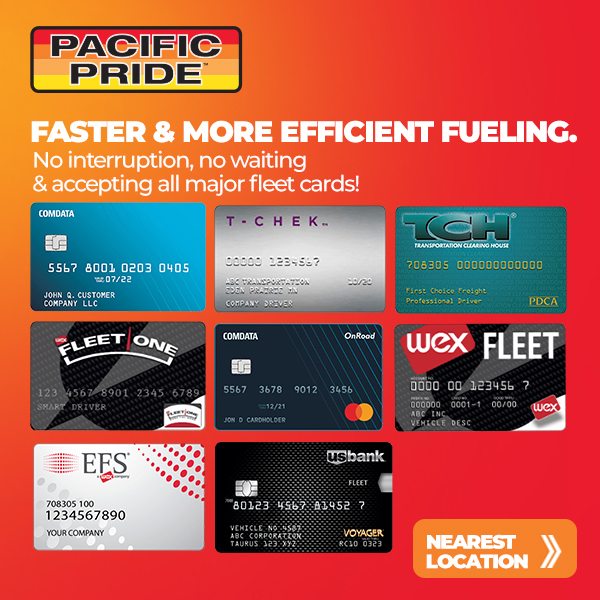
FMW recently had the opportunity to sit down and talk with Noam Cimand, General Manager of 3Dtracking, and came to understand more about trends in the telematics sector and what 3Dtracking has to offer.
What are the key trends currently moving the telematics sector forward?
On the one hand, the telematics sector can be seen as a base service, focused on elementary devices. On the other hand, we see a lot of demand for wireless connectivity in vehicles and increasing use of information and communication technology as well as increased pressure from governments for improved road safety. The device manufacturers are constantly trying to improve their products and there are a number of collaborations, acquisitions and mergers in the industry in order to meet these demands and changes.
In order to remain relevant in the market, a service provider must offer additional value to its customers by diversifying its telematics service offerings. This will create important new revenue generating opportunities and tangibly differentiate themselves from their competitors.
Driver behavior monitoring and vehicle diagnostics are two examples of such value-added services that telematics service providers have been offering in recent years. Many of these driver behavior monitoring and vehicle diagnostic services involve integration with the vehicle’s CANBUS.
More recently, many service providers are now offering telematics services that incorporate video feeds in both online and offline scenarios. Typically, an alert or similar event will trigger the video cameras installed on a vehicle to begin broadcasting a video feed to the operation center.
It is important to note that technology is constantly evolving, although the ongoing challenge in the telematics space is to create viable services and real value from the innovation. At 3Dtracking, we work closely with our telematics service provider partners to ensure we develop useful solutions that add value to their businesses.
Are these trends happening on a global level or are there regional differences between developed and emerging geographies?
Diversifying service offerings and providing increased access to wireless connectivity is definitely happening on a global level and in all markets. We are active in both developed and emerging markets around the world and the needs of service providers are similar in both markets, even though some countries have more advanced telematics sectors than others.
As proof of this, our service provider partners in emerging markets are offering advanced telematics services involving complex geo-fencing and multilayered logistics operations and at the same time we have partners in developed countries offering just basic tracking services.
There is a growing demand in all markets for mobile apps and web-based access to operational data and service information. We therefore integrate with mapping layers, such as Google Traffic and Google Street View, to provide this important feature.
How is IoT impacting the growth of telematics services?
Telematics service providers have certainly embraced IoT and we see that these technologies are being leveraged in three main areas.
First, IoT is making it easier to gather and transfer large volumes of data from the range of sensors that are installed on a vehicle.
Next, these large volumes of operational data can be better leveraged to improve existing services as well as create new services in new vertical markets beyond vehicle tracking and fleet management. Advanced logistics services and asset tracking are examples. In this case, service providers must have the infrastructure in place to efficiently define new services.
Lastly, IoT significantly reduces the amount of wired connections that need to be installed in a vehicle. This reduces both initial installation and ongoing maintenance costs.
Where does 3Dtracking fit in the ecosystem for telematics services?
3Dtracking is the software provider in the telematics ecosystem. We fit in by providing the platform that connects all the parts of the ecosystem and enable the telematics service provider to define, deliver and manage its services to its end customers.
As we know, a telematics service provider typically works with a number of hardware providers that supply GPS tracking and IoT devices. Most of these devices are installed in the aftermarket, although more and more telematics devices are being installed in the manufacturing process. There are also accessories vendors, which can include sensors, video cameras and so on. Mobile operators of course are involved and supply the necessary SIM cards.
Our software platform can work with all types of data coming from virtually any device or accessory. The software we provide can be used off-the-shelf for a basic set of tracking services or it can be efficiently configured to support the most advanced services, include those supporting niche markets.
With so many options for tracking and other telematics devices, what is unique about being a software-only vendor?
Vendors that provide both software and hardware often lock service providers into using only their devices and technologies. This creates operational complexities for the service provider who finds itself running separate software platforms for different services or operational functions.
At 3Dtracking, we focus on software only in order to have the agility as a company to access more diverse devices and opportunities. For our telematics service provider partners using our software, they have the flexibility to work with numerous devices and third-party vendors for their specific needs without having to run multiple platforms.
Who are 3Dtracking’s customers and how are they benefiting from working with your technology?
Our customers are telematics service providers, who we work with as partners to ensure the success of their operations. Most approach us about replacing outdated software or they may be a completely new operation. We believe that our platform combined with our strong service offering, enables their businesses to be consistent and reliable for their clients, ensuring the longevity of their relationships with their clients and ultimately the success of their business and ours.
We currently have telematics service provider partners in approximately 70 countries around the world. Most of these service providers use our software from the Cloud and many have chosen a white labeled version of the platform to ensure brand recognition with their clients. In addition, we can offer the platform in any language required by the service provider.
A new engagement typically starts with the service provider using our software to offer more advanced services beyond just tracking and usually involves driver behavior monitoring and vehicle diagnostics. We often find that service providers then move onto the other services that we support, such as asset tracking and logistics, which are services they never dreamed of previously offering to their clients because with the 3Dtracking interface, providers are able to easily access and view this information.
Going forward, what are the drivers that will help your company grow?
Adding support for new applications and service areas is an ongoing priority for us and for our telematics service provider partners to offer more value to their customers.
Currently we are expanding the dispatching capabilities in our software as well as our support for new IoT-enabled services. Asset tracking is another area that we are enriching.
We are also actively engaging new service providers in new markets who we can partner with to assist them in expanding their service offerings to their clients.
Noam Cimand is the General Manager of 3Dtracking and is responsible for the company’s global business strategy and operations.



